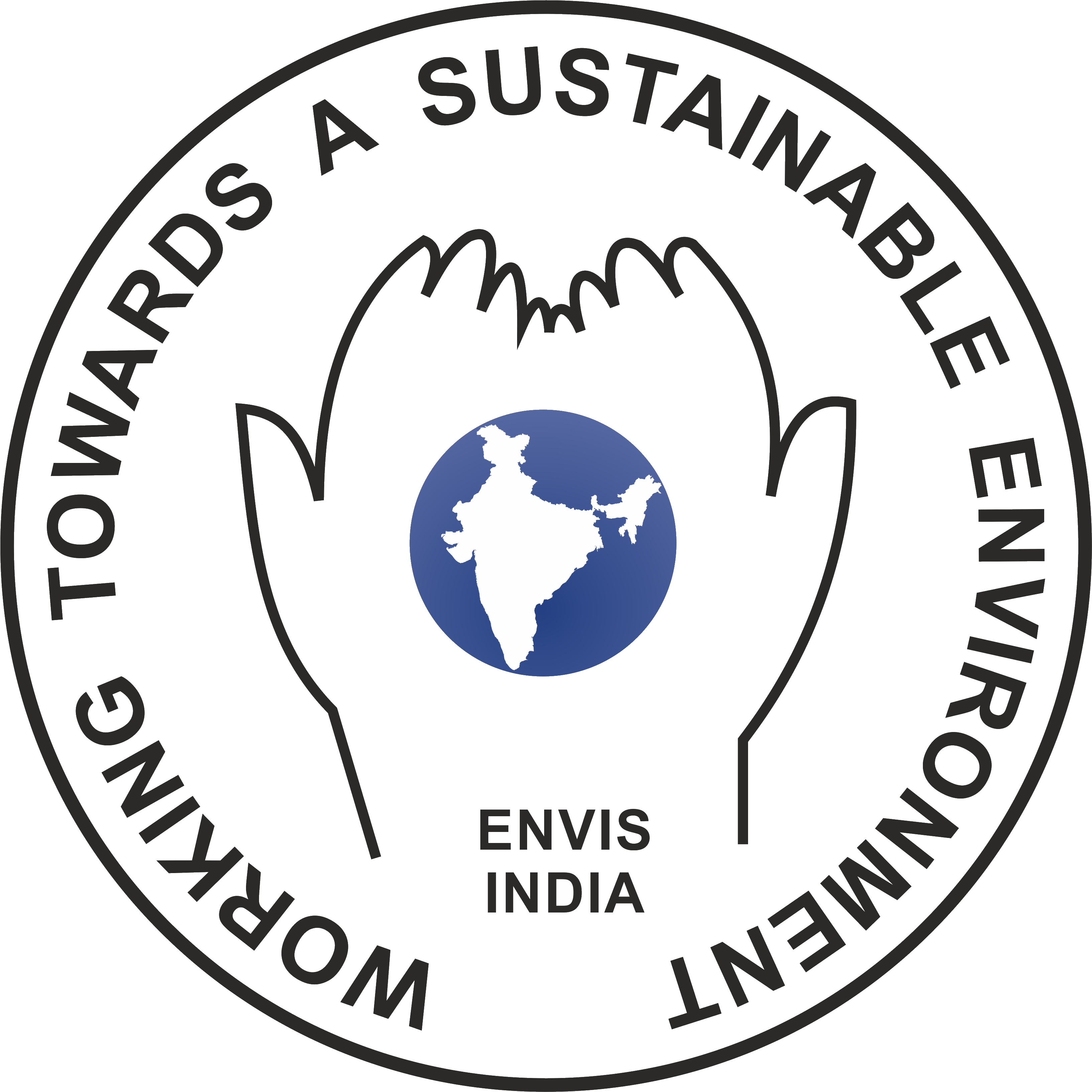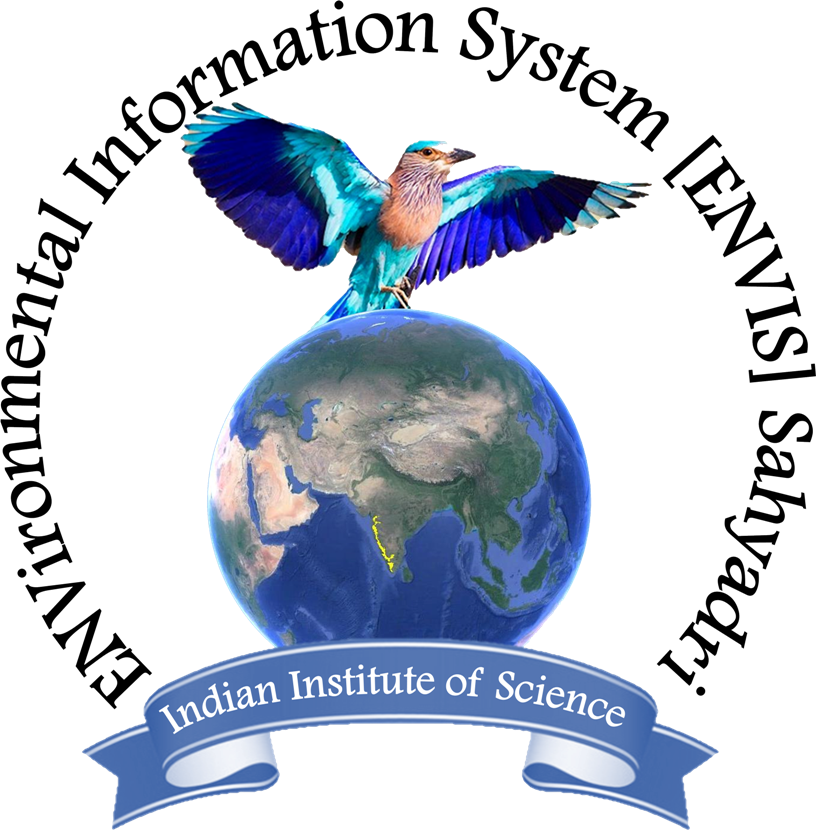Environment Conservation - A Step AheadCite
M A Khan
Principal, K K English School, Varthur
E-Mail: khanataullah@gmail.com
In the twenty-first century, developments and technological advancements have revolutionized how we live. Our quest to conquer every aspect of nature indirectly has devastated our eco-system and environment, above all our own lives. We have come to a stage of "NO RETURN" but at the end of the tunnel, yet there is light, and that responsibility lies in teachers, educators, and institutions.
The main objective of education is to facilitate "LEARNING" and the best practice to learn is by "DOING". It is important for the students to understand the judicious use of resources, and equally important is to play a role in sustainable development. To develop this concept, our institution took up environmental education through awareness and hands-on experience by doing it in the campus took the priority. Under the guidance of Prof.T.V.Ramachandra, Co-ordinator, Energy & Wetlands Research Group, CES, Indian Institute of Science, Bangalore, an Eco Club "SAHAYADRI ECO-CLUB" was started in the school. All twenty-three species are native species. We have 500 plus trees belonging to 23 species (Figure 1).

Figure 1: Familywise distribution
The step in this direction was to conserve water and create a groundwater recharge pond that would hold all the runoff water from the school's playground with a capacity of 2.00 lakh liters. This has helped in borewell recharge/groundwater recharge. Our borewell's depth is 480 feet [neighbor's 1200-1500 feet] and we get 2000 gallons of water.

Next, come composting by utilizing the dried leaves and organic pesticide using cow urine and neem oil. In a period of 10 years, a healthy green cover has organically grown came up in the campus. The green cover of our school is about 52% of the total school premises.
GREEN COVER IN 1987

GREEN COVER IN 2022

Our school now has become a small bio-diversity hot spot with 24 Species of spiders which thrive in the campus.


About 8 (eight) types of birds nest in the campus. Ex: Red whiskered bulbul, koel, parakites, green pond heron, kites and crows.
We also have 8 types of butterflies in the campus.

Our next step was towards conservation of energy - both solar and wind energy, 1.5 KW of power is generated by a small wind mill installed on the roof of primary school building which supports 10 class rooms. 10KW of power is generated by 40 solar panels installed on the roof top of the office building and it is supplied to BESCOM grid.


And finally, the school is plastic free. We use drip bottles for watering trees , use grey water for watering coconut, mango and jamoon trees.

To say it, we have provided the facility for hands-on experience in environmental conservation and set up a model school.
In our endeavor, contribution and guidance of Dr.T.V.RAMACHANDRA and his team goes a long way.
Our sincere thanks to them.


 Sahyadri ENews Issues: I - LXXVIII
Sahyadri ENews Issues: I - LXXVIII
